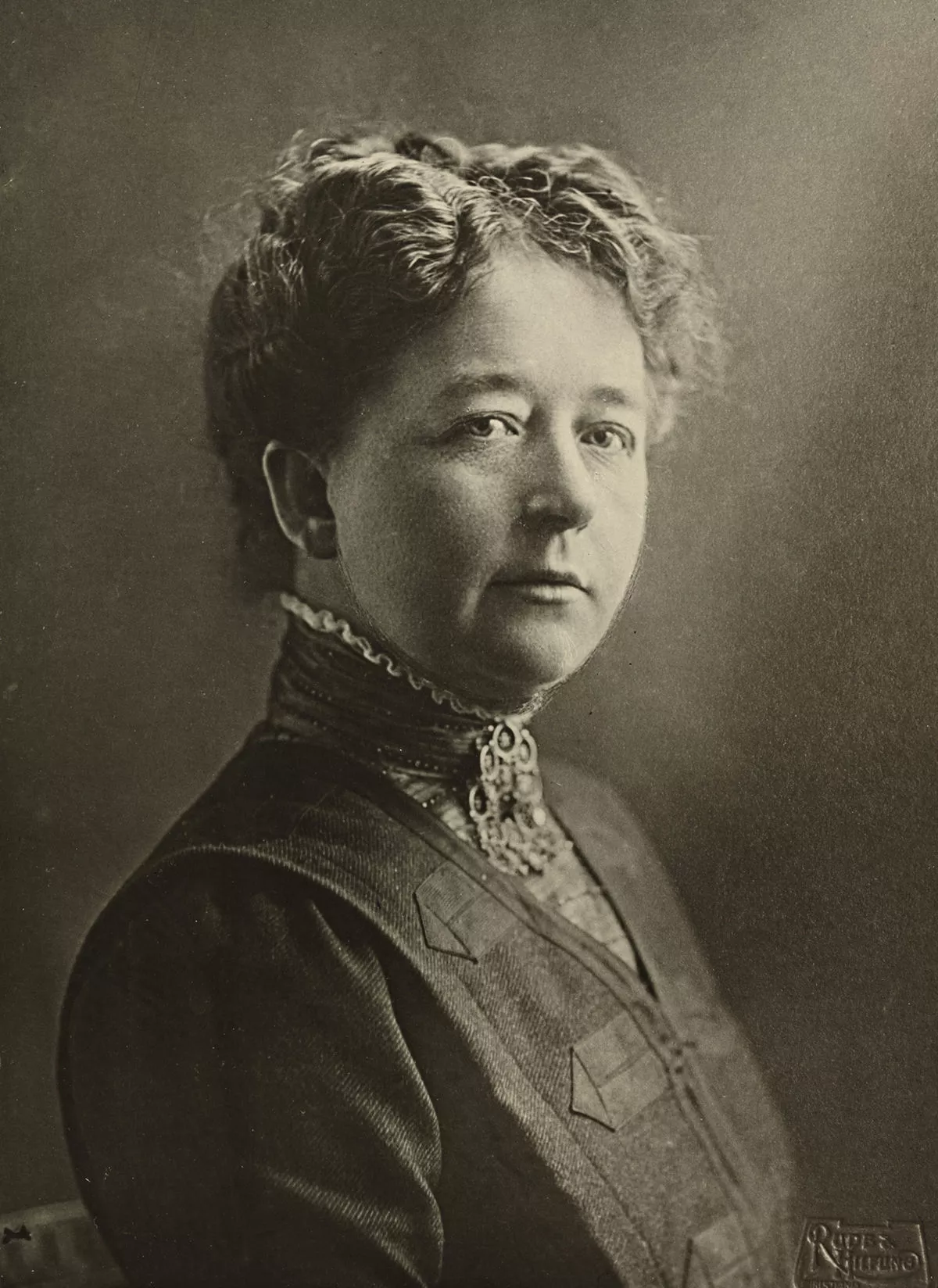 1.
1. Kristine Elisabet Heuch Bonnevie was a Norwegian biologist.

 1.
1. Kristine Elisabet Heuch Bonnevie was a Norwegian biologist.
Kristine Bonnevie was the first woman to graduate with a science doctorate in Norway, Norway's first woman professor, a women's rights activist, and a politician for the Free-minded Liberal Party.
Kristine Bonnevie was among the first women to be elected to political office in Norway.
Kristine Bonnevie suggested the epic voyage of her graduate student Thor Heyerdahl on the raft Kon-tiki, a voyage memorialized in the Kon-Tiki Museum, Oslo.
Kristine Bonnevie was the fifth of seven children born to Anne Johanne Daae and her husband Jacob Aall Bonnevie, a member of the Norwegian parliament.
Kristine Bonnevie was baptized on 8 November 1872 at Var Frue Church in Trondheim, part of the Church of Norway and previously Catholic.
Anne died when Kristine was four, and Jacob married Susanne Byrne, having two more children with her.
Kristine Bonnevie passed the exam and her pre-graduate examen artium with distinction in 1892.
Kristine Bonnevie entered the University of Kristiania as a medical student in 1892.
Kristine Bonnevie began her studies in medicine, a field to which most women were encouraged out of the belief that they were good caretakers.
Kristine Bonnevie developed an expertise in marine biology, working on materials from the Norwegian North Sea expedition of 15 years prior.
Kristine Bonnevie felt thwarted in Zurich when Lang or the team rejected her research proposals.
Kristine Bonnevie received another grant to study with German embryologist Theodor Boveri at the University of Wurzburg, focusing on cytology and cell biology, and she went there in 1900, just two months after her appointment as curator.
Kristine Bonnevie's research considered meiosis in different species of invertebrates that included the intestinal roundworm Ascaris lumbricoides, and she discovered an anomalous model that differed from the assumed universal process in cell division.
In 1912 Kristine Bonnevie became the first female professor in Norway, initially as extraordinary professor, but from 1919 on as full professor.
Kristine Bonnevie was a professor at Royal Frederick University from 1912 to 1937.
Kristine Bonnevie was especially interested in whether twin births could be hereditary.
Kristine Bonnevie told an interviewer at Barnard College that Norway was a good place to study human heredity, because at that time its people live in isolated communities.
Kristine Bonnevie cited inbreeding among families that could be traced back hundreds of years.
Kristine Bonnevie studied fingerprints to see if they had some hereditary components, with an early interest in paternity cases.
Kristine Bonnevie later researched a possible connection between fingerprints and mental capabilities - a popular idea during an era when eugenics controversies were active.
Kristine Bonnevie's results showed no relation between fingerprints and IQ.
Between 1922 and 1933, Kristine Bonnevie contributed to the Committee on Intellectual Cooperation of the League of Nations.
Kristine Bonnevie never had children of her own, but she cared a great deal about student welfare.
Kristine Bonnevie was a founder of the student canteens Aulakjelleren and Blindernkjelleren at the University of Oslo.
Kristine Bonnevie even rented fields to grow vegetables, and she distributed food from her apartment to students after the Nazis closed the university in 1943.
Kristine Bonnevie was imprisoned in the Grini concentration camp from 1941 to 1942.
Kristine Bonnevie wrote the original description of genus as Enteroxenos and Eupterotrachea.
Kristine Bonnevie served as a central board member of the Free-minded Liberal Party from 1909 to 1918.
Kristine Bonnevie was elected to the Kristiania city council, serving from 1908 to 1919, and as a deputy representative to the Parliament of Norway in 1915.
Kristine Bonnevie was a member of the Norwegian Association for Women's Rights, where her sister-in-law, Margarete Bonnevie, led from 1936.
Kristine Bonnevie is recognized as one of Norway's most important women for her efforts in helping Jews escape to Sweden during World War II.